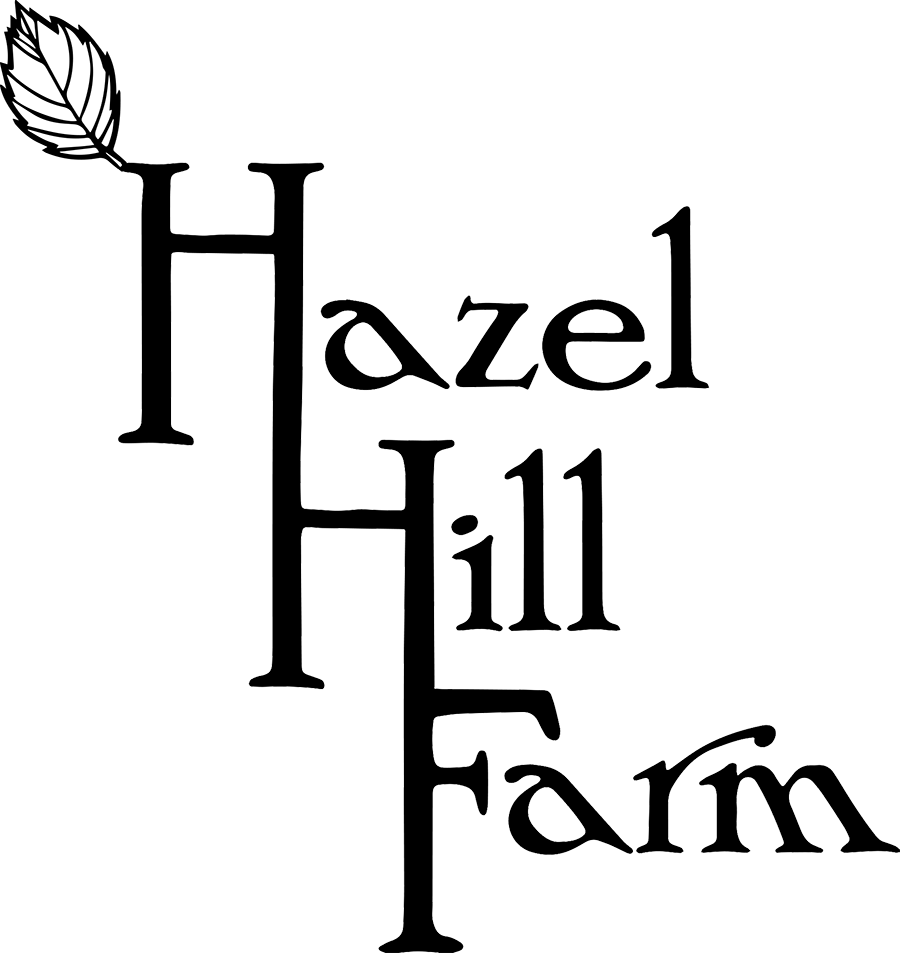The light is different. I’m no longer turning away from the sun. It’s lower in the sky, and I’m turning my face up to meet it. This week was further along the countdown to the end of the season. We have two boxes left, and Friday was the last outdoor market in the park in Green Lake. We are slowly peeling off layers just as we’re starting to put them back on. We did the first round of our chicken harvest, and seeing even thirty fewer chickens in the field is a good feeling. Our last pregnant sow of the year (Dot), has been big as a house for weeks. Every day I would go out and do chores and she was bigger and lower and fuller than ever. Every day, it was with disbelief that I reported that no, there was no little pile of pigs out there. Along with the creeping frost and the falling leaves, the ever-ballooning sow contributed to a strange week where time simultaneously sped by and stood still. This week more than most, we had to stop to think about what day it was. Thursday brought the annual organic certification inspection, a five hour process that also contributed to the smearing of the time-space continuum on the farm. The peppers and the tomatoes in the field are wilted and dead. The greenhouse is half empty, planted with some lettuce and awaiting the winter spinach. The sow finally farrowed on Sunday (pictures to come), large enough to feed all eight pigs for years. Time passes. Frost falls, and the sun comes to save us. One of these days, the sun will be too low and the frost will stay. Until then, we’ve got some more harvesting to do.
Thinking about: paperwork, processes, socks
Eating: homemade Indian eggplant and potatoes and cauliflower with rice; arugula with grated carrot, daikon radish, and apples tossed in a creamy lime sriracha dressing; lentil soup with homemade wheat oregano breadsticks
Reading: Lena Dunham’s Not That Kind of Girl, John Darnielle’s Wolf in White Van, MOSES’s Guidebook for Organic Certification






